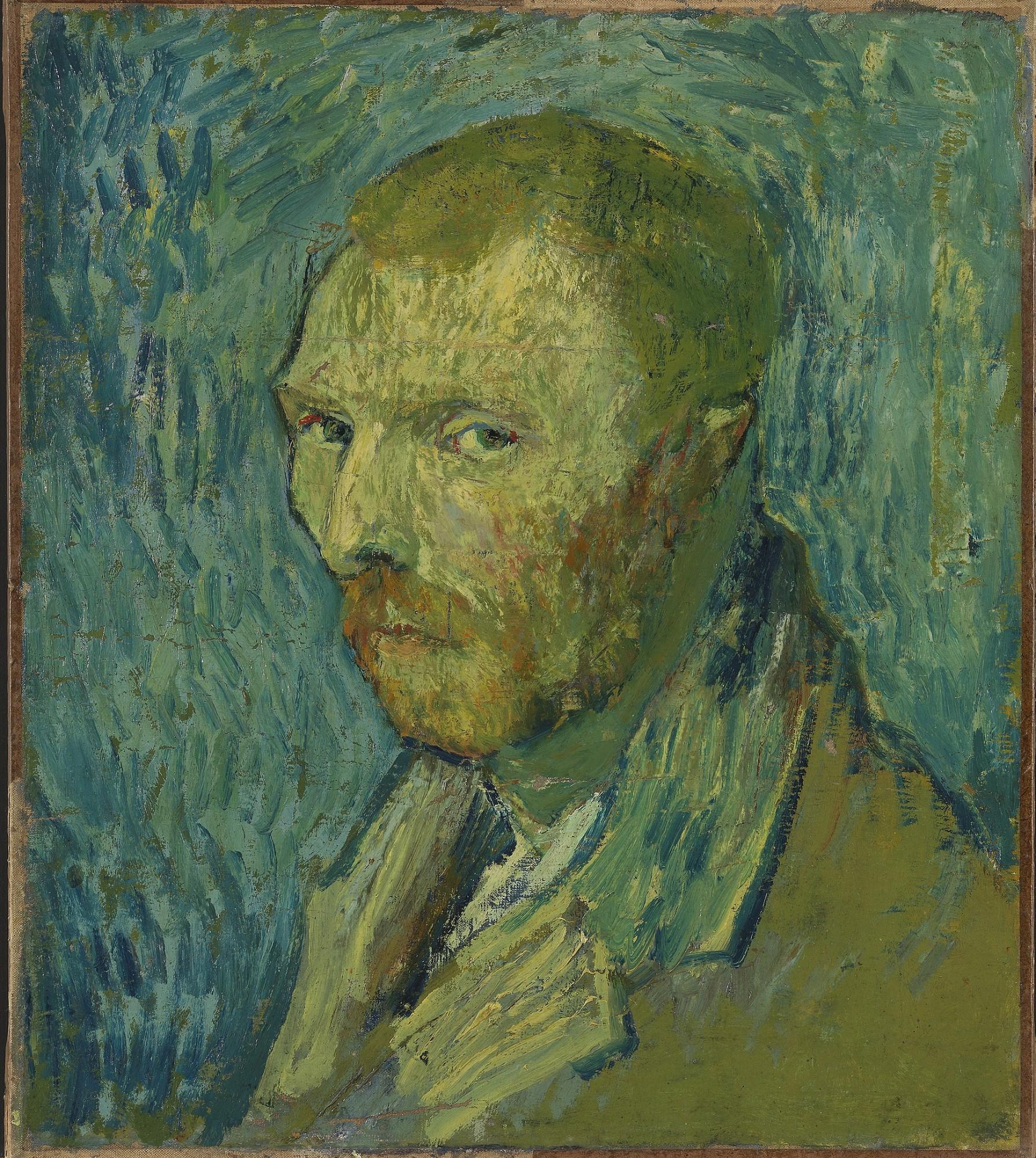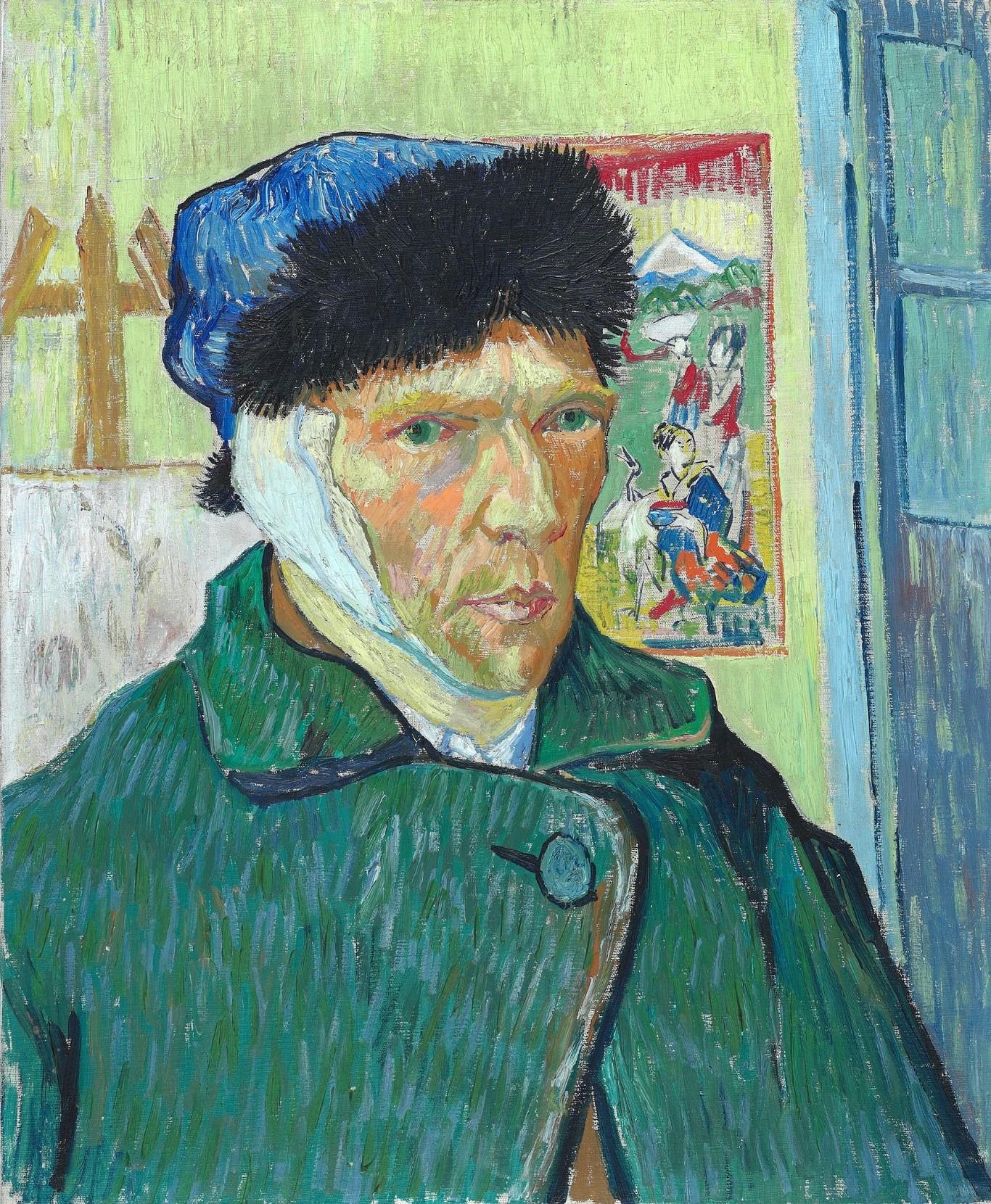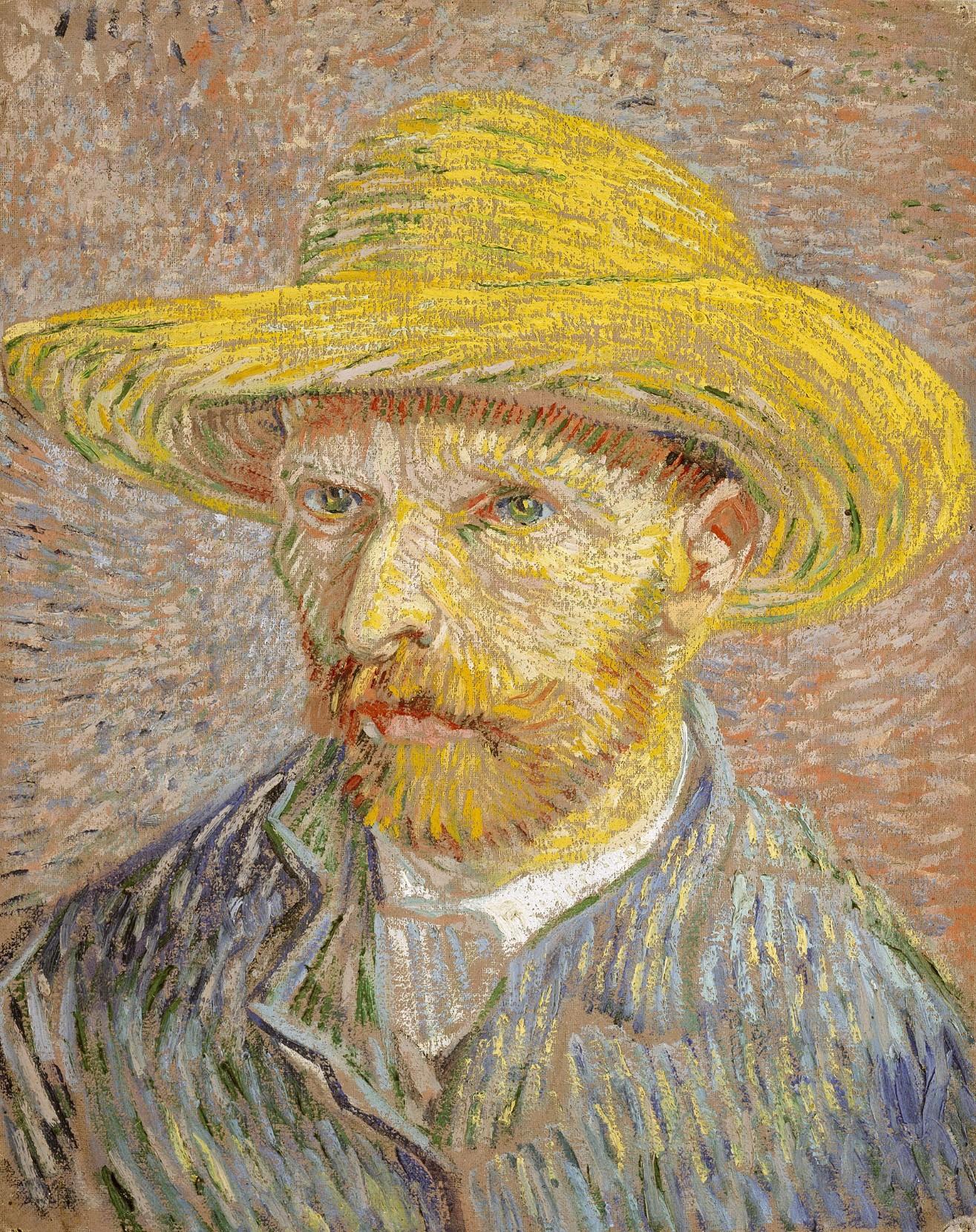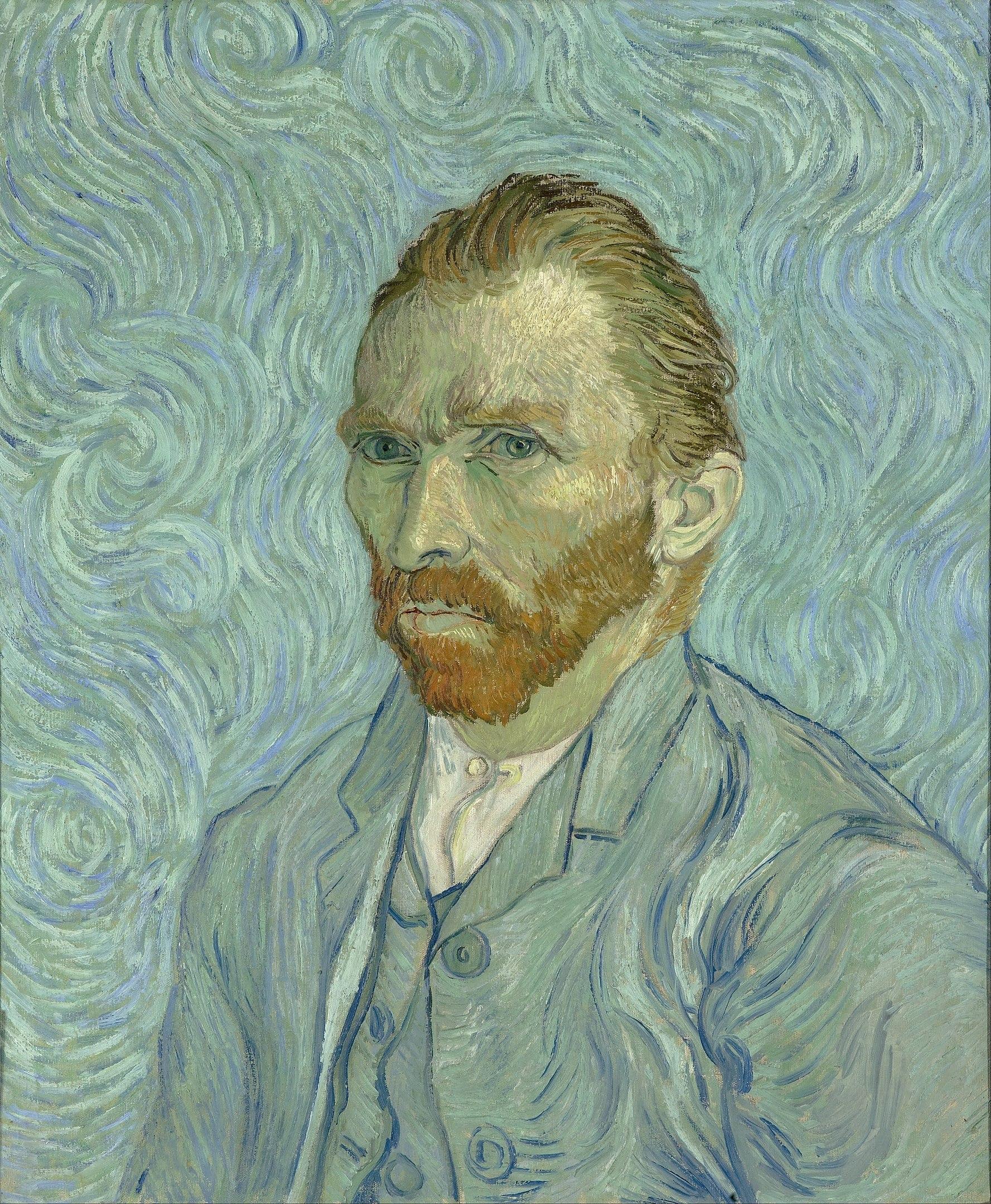Van Gogh peers out of the canvas with a sidelong, suspicious glance. With hollowed cheeks and a full beard, the painter is recognizable but also doesn’t look as composed and self-possessed as in his numerous other self-portraits. The painting’s surface is rough, with thick brushstrokes that are ragged and aggressive, less precise and controlled than in Van Gogh’s other works. The muted color palette and overall somber tone of the painting don’t match the bright hues we’re used to the artist using.
Because of these differences and an unclear provenance, scholars have long debated if this particular self-portrait was an authentic Van Gogh, or perhaps a forgery. Held by the Norwegian Nasjonalmuseet Oslo since 1910, the so-called Oslo Self-Portrait has remained in limbo, hesitantly labeled as “attributed” to Van Gogh.
In 2014, the Nasjonalmuseet Oslo turned to the Van Gogh Museum in Amsterdam for help. After five years of exhaustive research, experts believe the work is, in fact, a real Van Gogh, and think they know why it stands out from his other self-portraits: the artist painted it at a moment of intense crisis, while he was hospitalized for a psychotic episode.




























